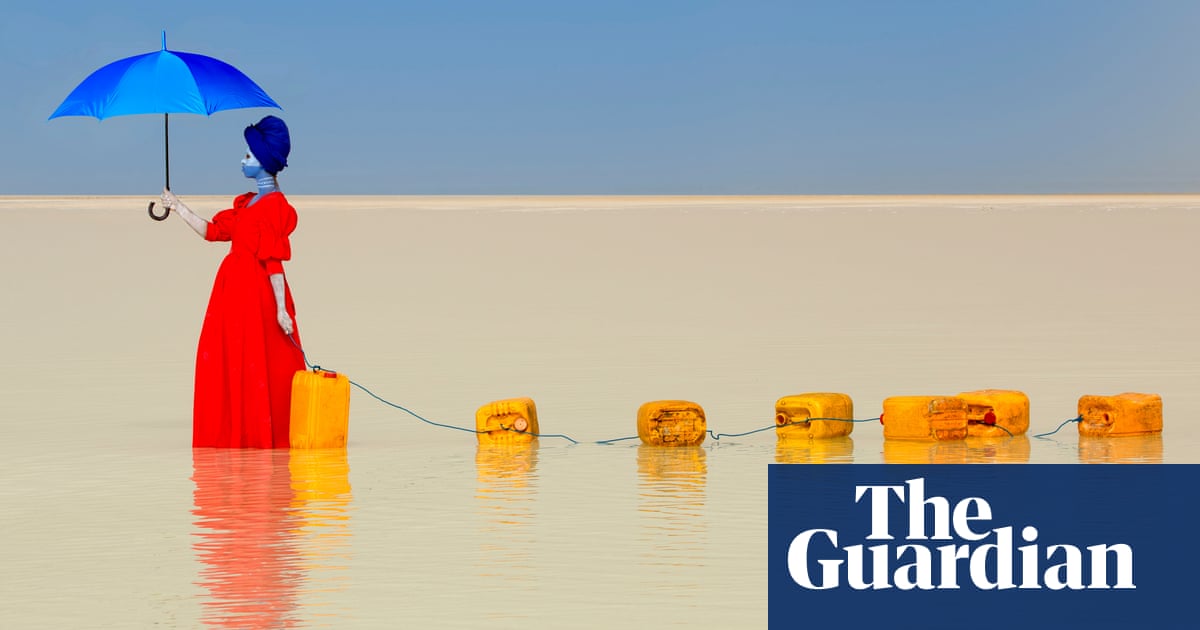
It is far from an exact science, taking a nation’s pulse from what it’s drinking. Cocktail sociology tends, alas, to be looked down upon by the powers that be. The field is sadly overreliant on the datasets of second-rate spiced rum brands. Still, cocktails are, apparently, selling in record numbers: they accounted for almost one-tenth of alcohol sales in bars and restaurants between April and October 2020, compared with 6% before the pandemic; and the at-home cocktail market has grown 44% year on year. Why the explosion in popularity? As someone who has spent a few negronis correlating vermouth trends with socio-economic factors, I think there are two conclusions to draw.
The first is that the British will use anything as an excuse to drink: crash, plague, war, depression, we’re not fussy. At-home sales of alcohol increased by 24% in the year from March 2020. Not only did at-home drinking nearly cancel out the losses of bars and restaurants during lockdown (overall alcohol sales were only down by 1.2%), it changed what we were drinking: the five o’clock cocktail ritual became an anchor amid the amorphous days and a proxy for all the things we couldn’t do: travel, socialise, laugh. It’s also far less effort making a margarita than making sourdough. As a result, beer was down 14%; spirits were up 7.3%. Waitrose reported that pandemic tequila sales went up by 175%, with liqueur sales rising by 78%.
Now restrictions have eased, we’re seeing another mini-boom. Pubs and bars have filled once more, but now customers know precisely how much vermouth they like in their martini. AG Barr, the Scottish sugary drink manufacturer, found a 13% increase in customers ordering cocktails compared to pre-pandemic, and the trend for home mixing continues unabated. “Gin is up. Rum is up. Everything is up,” reports Dawn Davies, head buyer of the retailer the Whisky Exchange. “It’s a bit: ‘What cost of living crisis?’”
The picture is a little more complicated than that: millions cut back during the pandemic; the longer-term trend is that we are drinking less anyway; and for me at least, the move to cocktails is about drinking less but drinking better. A beer is a release after a long day; a cocktail is an event, a treat, a promise of an extravagant evening to come. Moreover we are already a couple of decades into what bartending types call the “second golden age of the cocktail” – taking the 1910s-30s as the first golden age. When I first started mixing, in 2008 or so, it was hard to find the key ingredients in non-specialist retailers. Now there is a passable crème de violette in Lidl and ready-to-drink porn star martinis in M&S.
That brings me to the second overarching trend: the affinity between hard times and hard liquor. The American drink historian David Wondrich dates the current revival to post-9/11 New York. It was in the early 2000s, as New York entered its hipster phase, that bartenders began poring over old-timey bar manuals and coming up with modern classics such as the paper plane and the French pearl. The movement really got going in Britain post-financial crash, which is when the boom in craft gin distilleries began in earnest. Cocktails that were derided in the 1960s as fusty, old-fashioned things (“I will not be part of her cocktail-generation,” sang baby boomer icon Don McLean) and in the 1990s as tacky, synthetic, things (this was the era of the dreaded Long Island iced tea) turn out to be the ideal accompaniments to these frightening and frivolous times. They are celebration and consolation in one.
There’s also a more specific correlation between the popularity of cocktails and economic inequality. The first high point of cocktails was in the age of the robber barons, rampant deregulation, boom and bust. The low point coincided with the postwar settlement of 1945-79 or so, when average incomes in the west rose in line with strong overall economic growth. At this point, egalitarian beer and aspirational wine were the things to drink. Cocktails hit the mainstream again only as incomes yawned apart.
Will they endure? I doubt all those garden hot tubs and Peloton subscriptions will survive the cost of living crisis. But some luxuries are bomb-proof. Lipstick is one. Martinis are another. These are relatively affordable ways of escaping reality for a moment. I suspect we’ll be sinking them for a while yet.
Richard Godwin is the author of The Spirits and writes a weekly newsletter about cocktails at thespirits.substack.com












